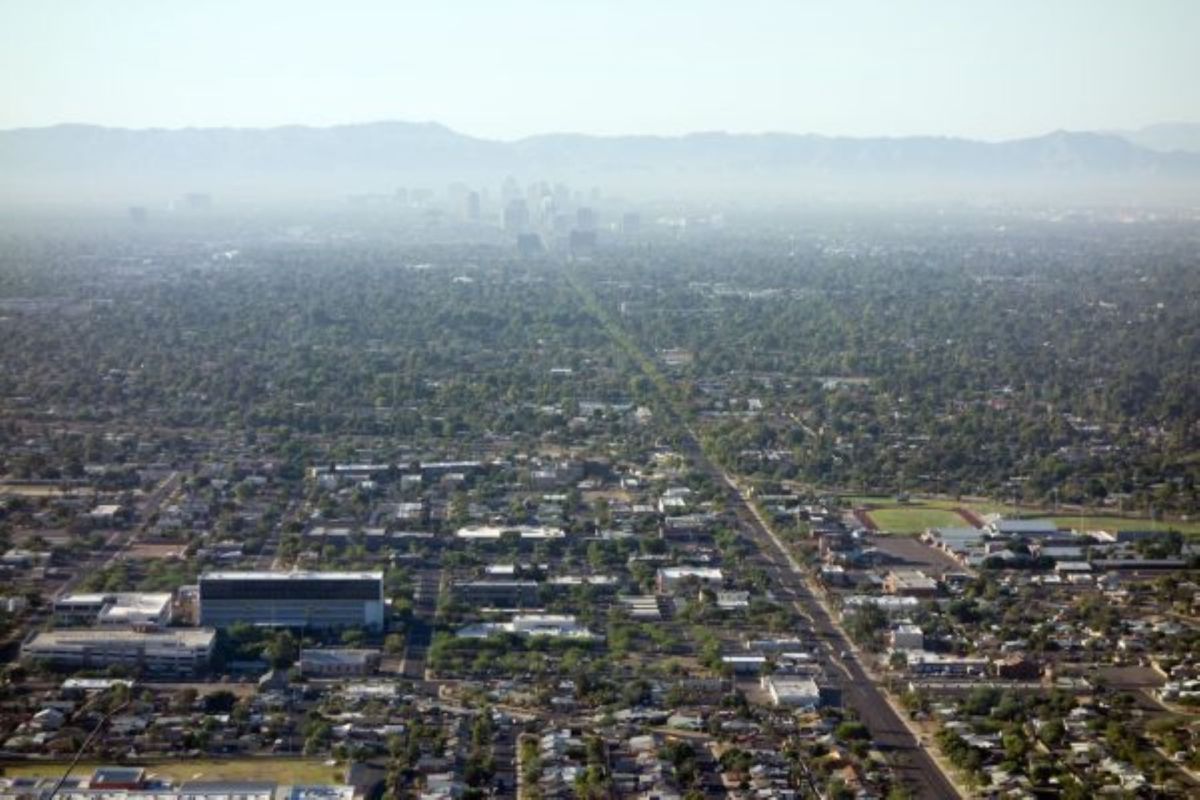The Environmental Protection Agency (EPA) has revealed which U.S. cities have the best (and worst) air quality, and the data looks promising for much of the country. However, there is work to be done in some regions.
To measure air quality, the EPA uses data from 336 metropolitan statistical areas, which have air quality monitoring stations that measure pollutants. This is used to come up with an Air Quality Index (AQI). The higher the AQI rating, the more pollutants in the air.
More than 90% of all U.S. metro areas experienced good air quality more than half the time in 2021. Honolulu and Kahului, Hawaii, along with Lake Havasu City/Kingman, Arizona, had good air quality on more than 99% of days that year.
While that's great news for much of the U.S., some cities didn't fare well. Arizona's Phoenix-Scottsdale metro area had the worst air quality that year, with unhealthy air on 64.9% of days. Meanwhile, residents only enjoyed good air quality 3% of the time.
Generally, the EPA found that unhealthy air quality is concentrated in the West and Southwest. Phoenix and the California cities of Los Angeles, Riverside, Bakersfield, and Visalia-Porterville were the worst when it came to unhealthy air.
Air pollution from things like vehicle tailpipes, factories, wildfires, and power generation can pose serious threats to human health. For instance, one study found that women exposed to more traffic pollution were at greater risk of developing breast cancer. It can also exacerbate asthma and lead to chronic bronchitis, among other things.
The EPA's 2021 dataset found that four cities — Sacramento-Roseville-Arden-Arcade, El Centro, and Riverside-San Bernardino-Ontario in California, along with Las Cruces in New Mexico — experienced multiple days of "hazardous air," which can cause serious health impacts like reduced lung function and heart failure.
Some municipalities across the globe are taking matters into their own hands to improve air quality for their citizens and avoid these negative health effects.
Stockholm, Sweden, is banning gas-powered vehicles in its city center starting in 2025. In the U.S., five states recently adopted measures aimed at transitioning school bus fleets to all-electric, which will help improve air quality for kids.
The positive impact of taking gas-guzzling cars off of the roadways isn't just a theory. Pontevedra, Spain, banned most cars in 1999, and since then, total air pollution has declined by up to 67%, according to Mayor Miguel Anxo Fernández Lores.
"We decided to redesign the city for people instead of cars, and we've been reaping the rewards ever since," he told Politico.
Join our free newsletter for cool news and cool tips that make it easy to help yourself while helping the planet.









